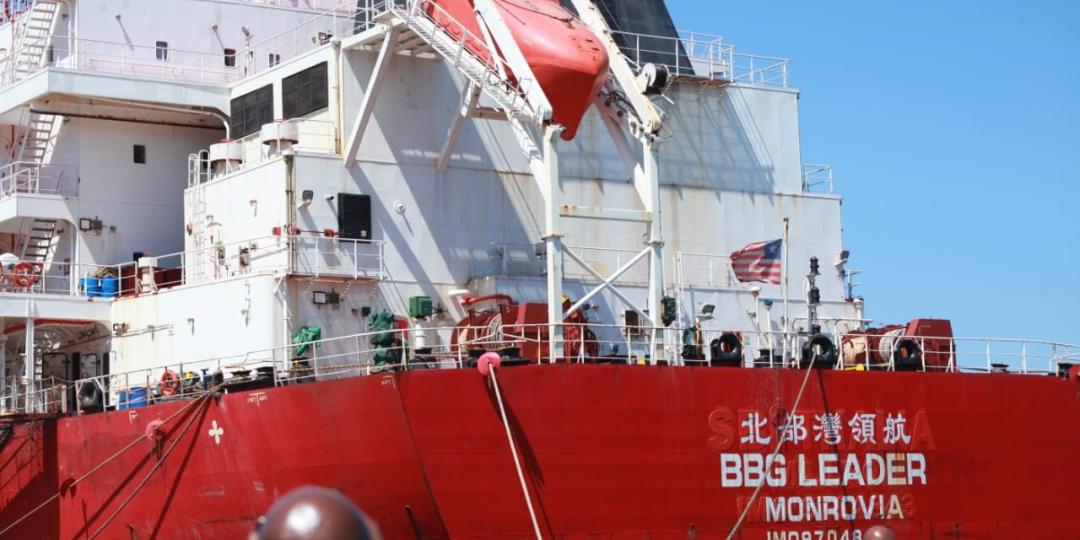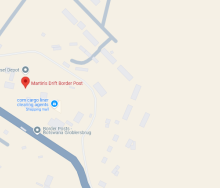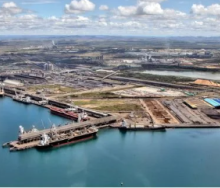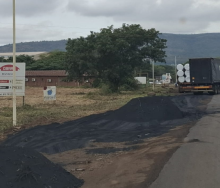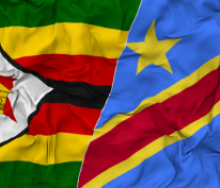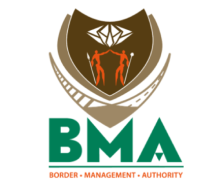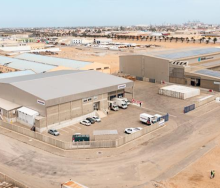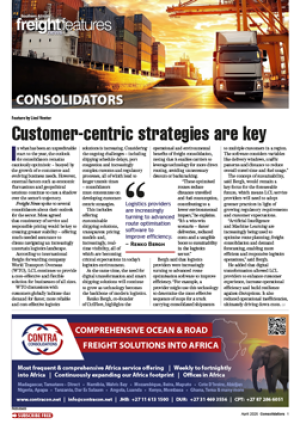The Port of East London received its first export manganese call when the vessel MV BBG Leader docked to load 30 000 metric tonnes of the high-demand commodity on Tuesday.
Transnet Soc spokesperson Ayanda Shezi said the state-owned entity’s trail division had delivered 16 manganese trains to the terminal since July this year in preparation to fulfil the export demand for 150 000 metric tonnes of the commodity during the current financial year which ends in March 2024.
“The tonnage amounts to one vessel loading up to 40 000 metric tonnes of manganese per month. Transnet is also exploring ramping up East London volumes to 500 000 metric tonnes from the 2024/2025 financial year,” Shezi said.
As South Africa continues to increase its manganese exports each year, the need to create export capacity is in line with Transnet’s segmentation strategies prioritising seven commodities, including manganese.
Ezekiel Lotlhare, CEO of Tshipi é Ntle Manganese Mining, the first company to use the East London Multipurpose Terminal for manganese exports, said the call was a “historic and significant milestone” that signified a new partnership era in the industry.
“Leveraging the capabilities of Transnet and Tshipi presents an opportunity to enhance manganese logistics operations, ensuring more efficient and environmentally responsible transportation of manganese from South Africa to other countries such as China, and India among others,” Lotlhare said.
“By utilizing Tshipi’s assets in conjunction with Transnet’s rail assets, infrastructure and the Multipurpose Terminal in East London, we are not only enhancing the efficiency of our operations but also reducing our environmental footprint and negative social impacts associated with road transport.”
Shezi said plans were also under way to establish a dedicated manganese facility in Ngqura with a capacity of 16 million tons.
Currently, Transnet Freight Rail rails export manganese from mines in the Northern Cape to the Port Elizabeth Bulk Terminal, the Saldanha Multipurpose Terminal, and now the East London Terminal.
South Africa holds about 75 percent of the world’s identified manganese resources, a commodity that is a key additive in the steel product manufacturing process.
China accounts for more than 50% of global manganese consumption followed by India, Japan, Ukraine and South Korea respectively, five of the world’s top ten importers.
